Challenge 5: The Red Light, Green Light of Inclusive Smart Cities
Ripple Resolution
The beauty of Korean culture lies in its ability to embrace tradition while constantly evolving. It is a harmonious blend of our rich heritage and modern aspirations.
– King Sejong the Great
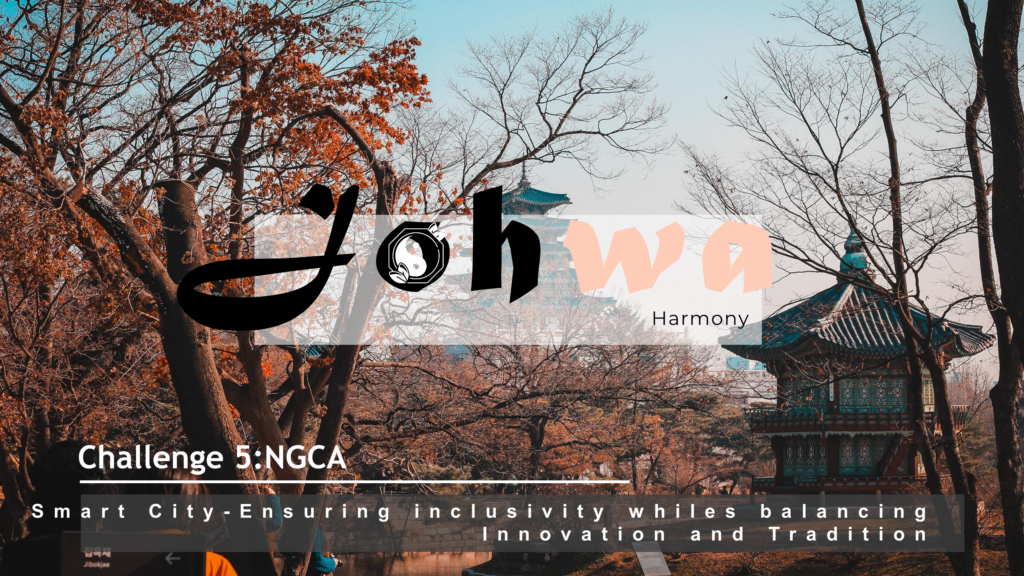
Abstract
Busan Smart City emphasizes inclusivity and finds a delicate balance between innovation and tradition, aiming to enhance urban living while preserving cultural heritage. The city’s comprehensive strategy considers the needs of all citizens, including vulnerable groups, to create an inclusive smart city where technology serves as a tool for improving quality of life while promoting cultural identity and sustainable development. With collaborative efforts, Busan aims to become a global model for smart cities that successfully blend progress with cultural preservation.
The Challenge
Urban development requires pursuing multiple goals instead of focusing on a single objective. The Busan Eco-Delta Smart City aims to integrate perspectives from the city, its citizens, and private companies to develop inclusive solutions using advanced technologies. Urban challenges are interconnected, as exemplified by the PM traffic restrictions in Paris, which aimed to improve pedestrian safety but had unintended consequences such as increased congestion and carbon emissions, affecting public transportation and businesses. Recognizing the interdependence of urban issues, it is crucial to find optimal solutions that address all related aspects effectively. The challenge is to develop smart cities that are innovative, technologically advanced, and inclusive, without leaving any citizens behind. The question posed is: “How might we develop smart cities that are innovative and take advantage of the newest technologies while ensuring inclusivity?” This challenge invites imaginative, actionable, and user-friendly ideas to create equitable and sustainable cities that embrace innovation and technology for the benefit of all.
What is Culture?
According to Spencer-Oatey (2012), Culture encompasses the collective beliefs, values, customs, traditions, behaviors, and artifacts that characterize a particular group or society, including the way people think, communicate, and interact with one another, as well as their shared knowledge, art, music, literature, rituals, and social institutions.
Cohen (2015) also agues that culture is a rich tapestry of shared knowledge, encompassing diverse fields such as art, music, literature, rituals, and social institutions. This reflects the unique identity and heritage of a community, providing a framework for understanding their worldview and shaping their social norms. Through culture, individuals within a society gain a sense of belonging and identity, as well as a set of guidelines for navigating social interactions and interpreting the world around them. Craft art offers an opportunity to explore the potential of connections to identity through accessibility, engagement in the process of making, perseverance in learning a skill, individual expression/choice, representations of cultural heritage, pride in completion attributing to positive self-esteem, and community building (Sicco, 2022). They serve as means of creative expression, reflecting the values, aesthetics, and historical narratives of a particular culture. Music, as a universal language, holds the power to evoke emotions and convey cultural stories and traditions across generations. As Stewart (2014) notes, music holds a universal language that can evoke emotions and convey cultural stories and traditions across generations. Through its melodies and rhythms, music has the ability to bring people together and create a shared understanding of the human experience.as
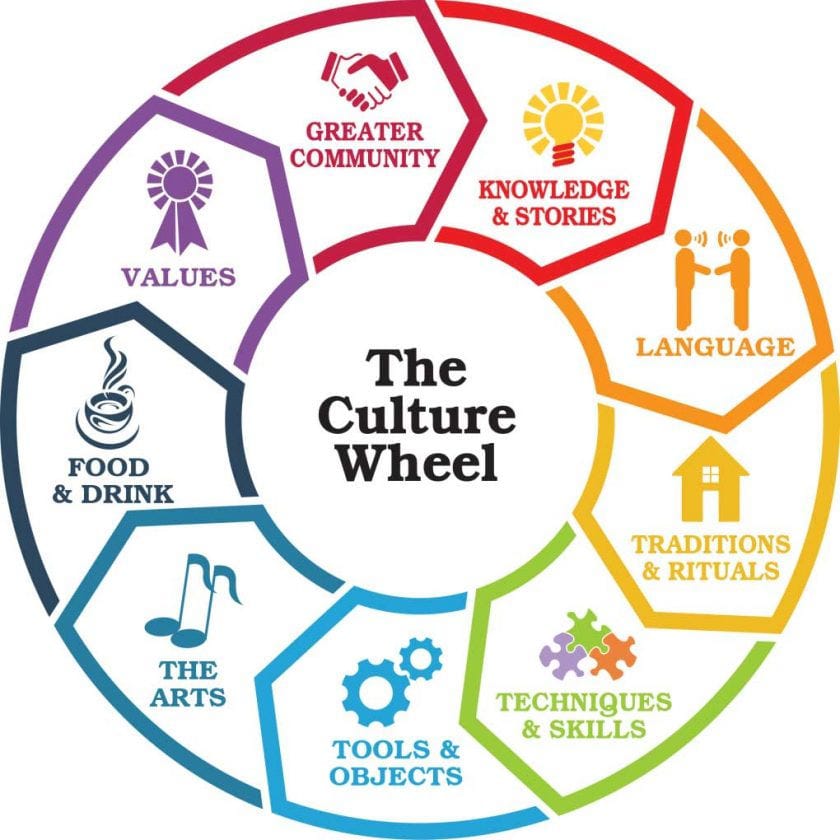
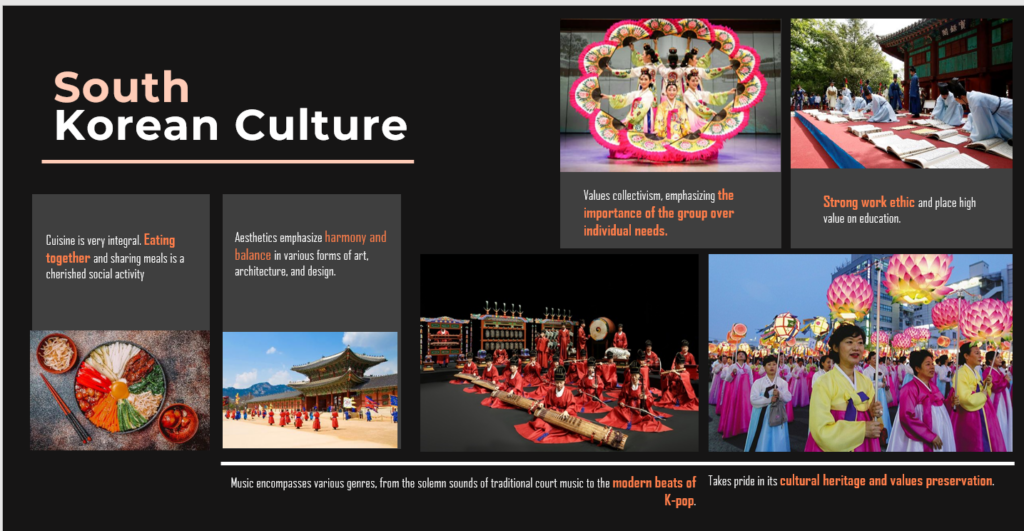
The Problem
Culture plays a crucial role in the development of smart cities, including the Busan Smart City project (Caragliu et al., 2011). However, cultural factors can pose challenges to the successful implementation of smart city initiatives. One such challenge is the resistance to change, as cultural norms and traditions can hinder the adoption of new technologies and urban innovations. This resistance can slow down the implementation process. Additionally, the digital divide presents another cultural challenge, with certain segments of society lacking equal access to digital resources (Anthopoulos & Vakali, 2012). Socioeconomic disparities, cultural attitudes, and educational barriers contribute to this divide. Overcoming it requires both technological solutions and cultural awareness to ensure inclusivity. Cultural diversity is another important consideration in smart city development, as cities like Busan are home to diverse communities with unique needs and practices. Smart city solutions must be adaptable and culturally sensitive to address the specific requirements and values of different communities. Failure to do so can perpetuate inequalities within the city. Active community participation, encouraged by raising awareness and promoting digital literacy programs, can foster acceptance of new technologies and address specific concerns (Nam & Pardo, 2011). By addressing cultural factors, the Busan Smart City project can create an inclusive and technologically advanced urban environment that leverages cultural strengths (Deakin & Al Waer, 2011). Addressing cultural factors, such as resistance to change, the digital divide, and cultural diversity, is essential for creating a truly inclusive and successful smart city. By considering cultural aspects and actively involving the local community, the Busan Smart City project can navigate these challenges and leverage cultural strengths to build a technologically advanced and culturally vibrant urban environment.
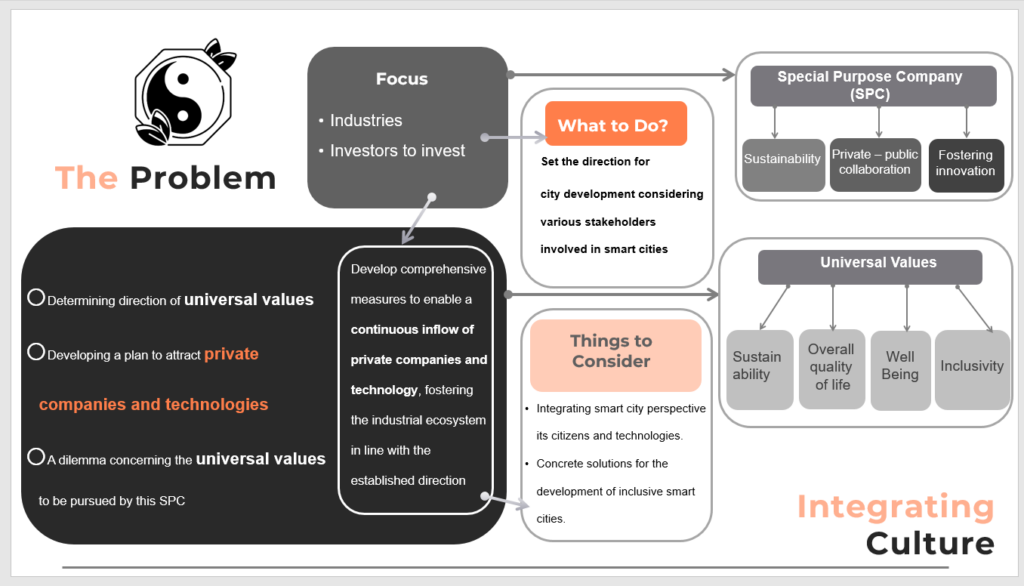
Conceptual Framework
The conceptual framework for culture inclusion in a smart city is to provide an approach to ensure that cultural aspects are considered and integrated into the planning, design, and implementation of smart city initiatives. This framework can guide policymakers, urban planners, and stakeholders in creating an inclusive and culturally vibrant smart city environment.
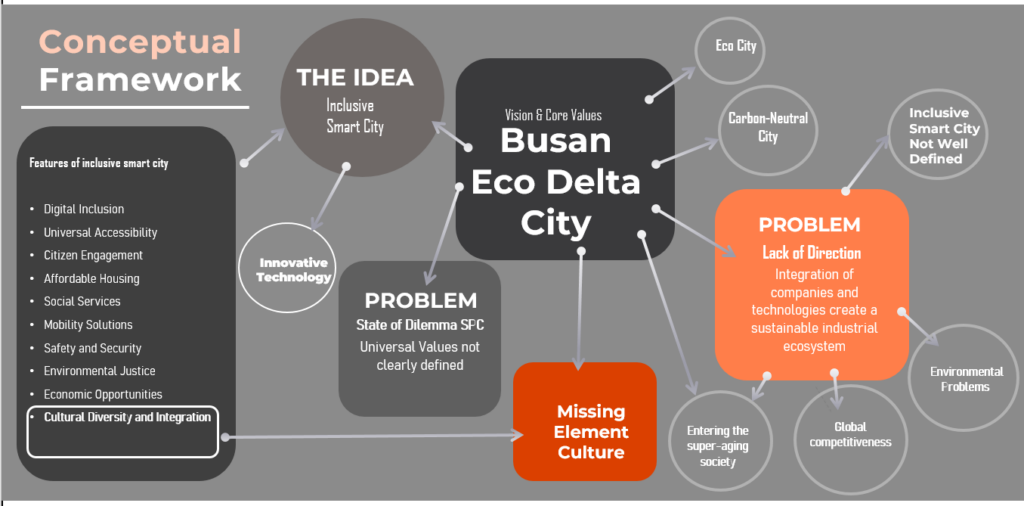
Case Study
Unique: Anyang public art projects’ innovative approach to integrating art into the urban landscape, transforming the city into an open-air gallery. It features a diverse range of large-scale public art installations and sculptures that engage with the local community, creating a dynamic and interactive artistic experience that blurs the boundaries between art and everyday life.
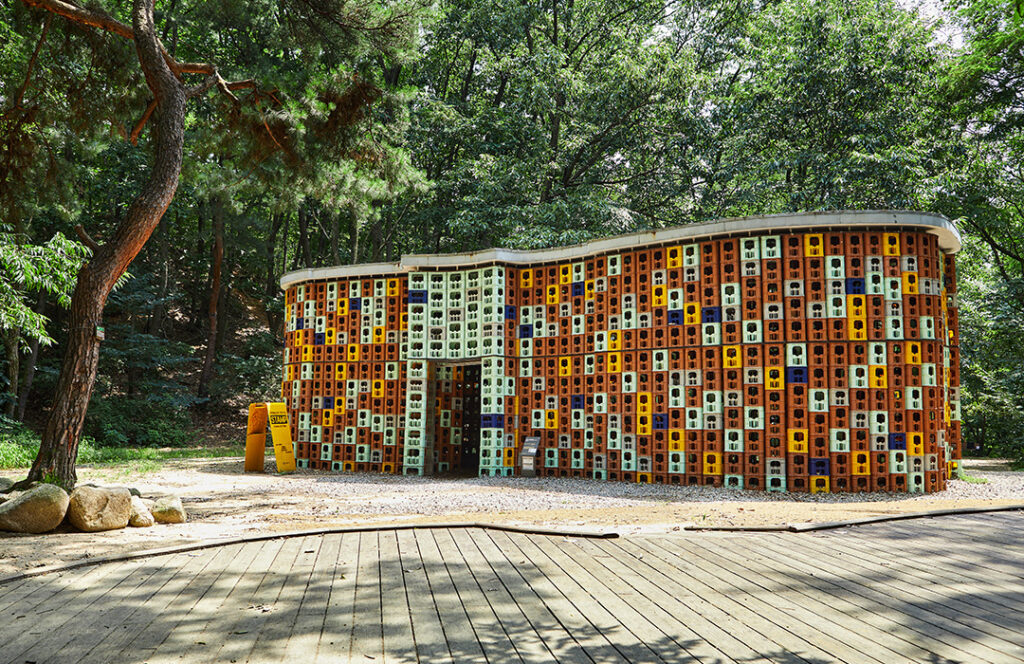
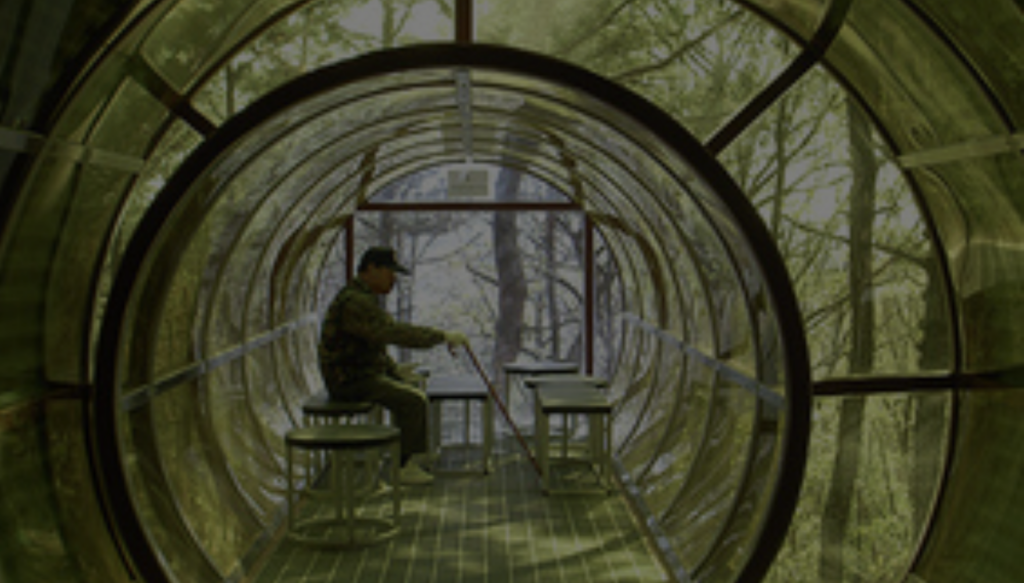
Location: Seoul, South Korea unique: iconic architecture, characterized by curvilinear forms and futuristic design elements, creating a visually striking landmark. It is not just a building but a cultural hub that blends art, design, technology, and commerce, hosting various exhibitions, fashion events, and creative activities, making it a vibrant center for creativity and innovation
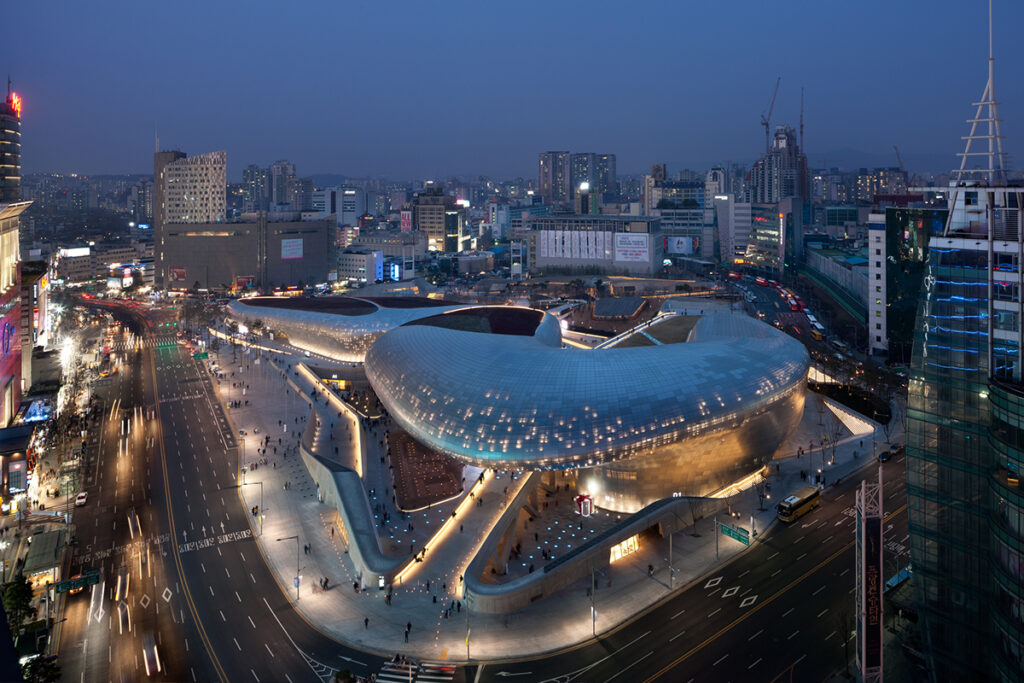
Interventions
Integrating various interventions within a smart city can effectively promote cultural inclusion and ensure that diverse communities are actively engaged and represented. By implementing these interventions, a smart city can create an inclusive and vibrant environment where cultural diversity is celebrated, cultural practices are preserved, and intercultural connections are fostered. These initiatives not only enrich the cultural fabric of the city but also contribute to the overall well-being and sense of belonging among its residents
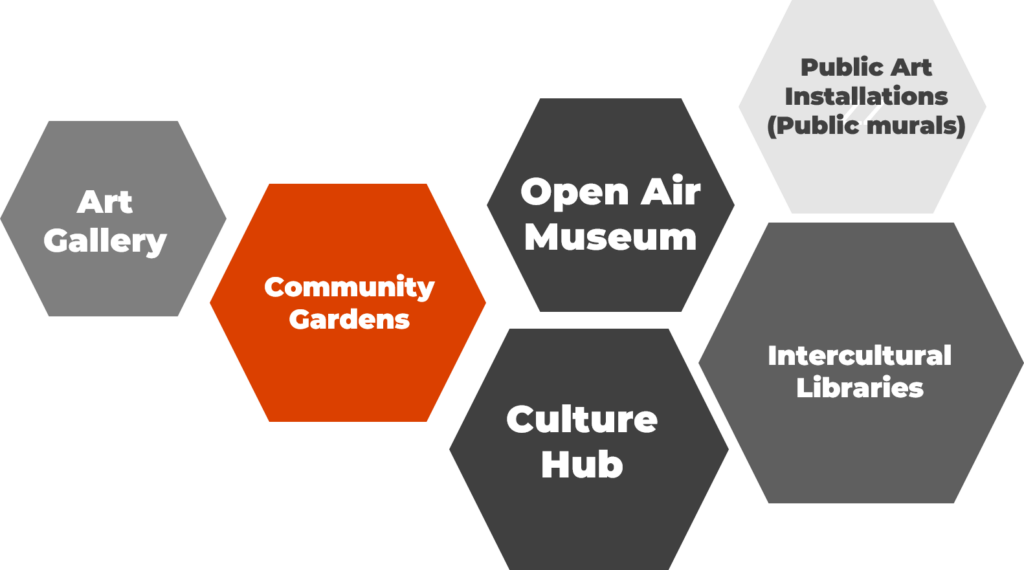
Advantages/disadvantages of the Interventions
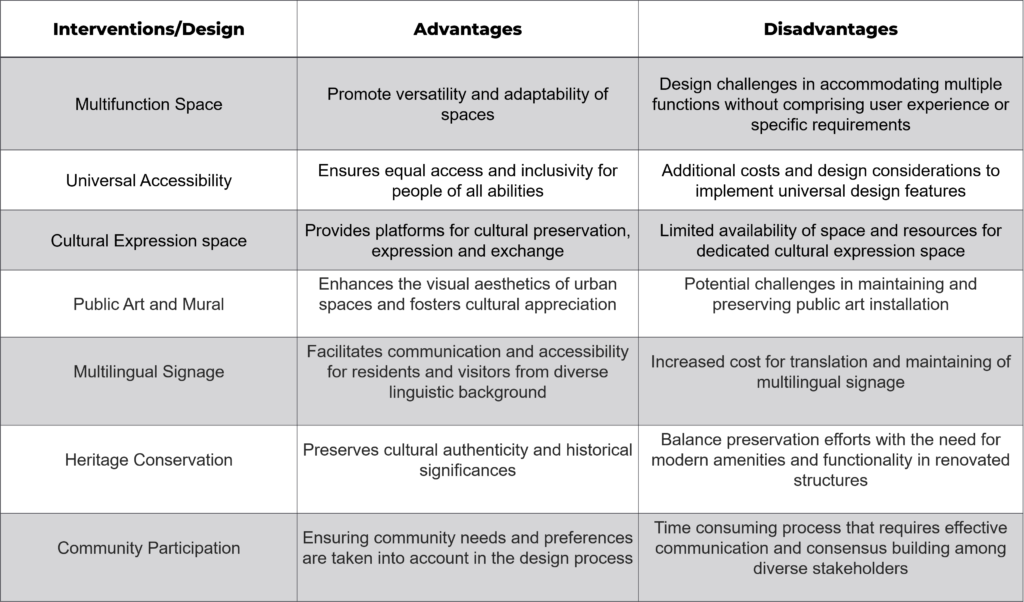
Solution
- An open-air cultural museum, also known as an outdoor or living museum, is a type of museum that is situated in an outdoor environment rather than with in a traditional building.
It aims to preserve, showcase, and interpret various aspects of culture, heritage, and history in an open-air setting
Design Justification
- The open-air museum can have various social, economic, and cultural impacts on Busan. It fosters a sense of pride and connection to the city’s cultural heritage, attracts tourists, and promotes cultural preservation and promotion.
- The museum also offers opportunities for physical activity, education, and learning, contributing to a healthy lifestyle and fostering a culture of lifelong learning.
- A well-designed open-air museum can enhance Busan’s tourism appeal and image, making it a desirable destination for both domestic and international tourists.
The Design Concept
The design concept revolves around the integration of nature, history, and technology. It will feature interactive exhibits and installations that showcase the rich cultural heritage of Busan while embracing sustainable design principles and harmonious coexistence with the natural environment. It aims to create a dynamic and immersive experience for visitors, blending traditional elements with cutting-edge technologies to celebrate the city’s past, present, and future
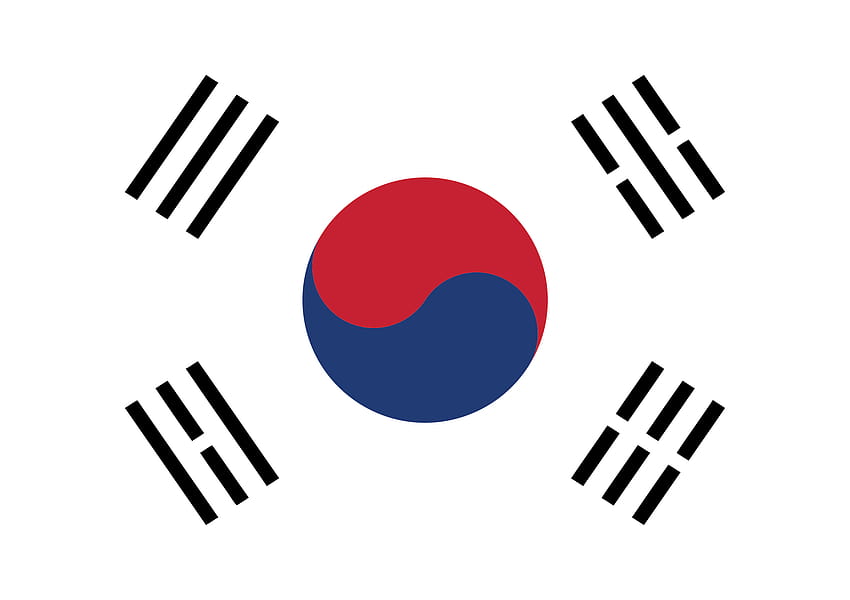
The flag’s field is white, represents peace and purity.
The circle in the flag’s center symbolizes balance in the world.
The blue half represents the sky, and the red half represents the land.
The trigrams represent movement and harmony as fundamental principles. Each trigram represents one of the four classical elements
Concept
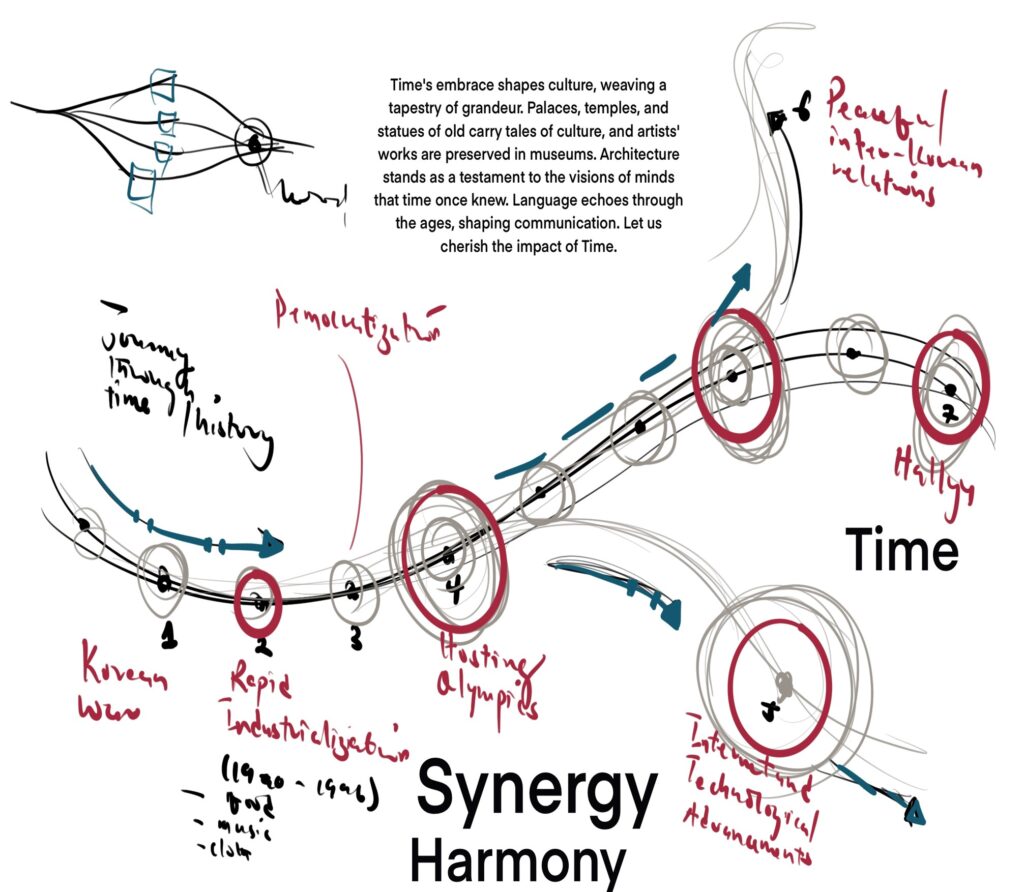
Time embrace shapes culture, weaving a tapestry of grandeur. Palaces, temples and status of old carry tales of culture and artist’s works are preserved in museum
Architecture stands as a testament to the vision of minds that time once knew
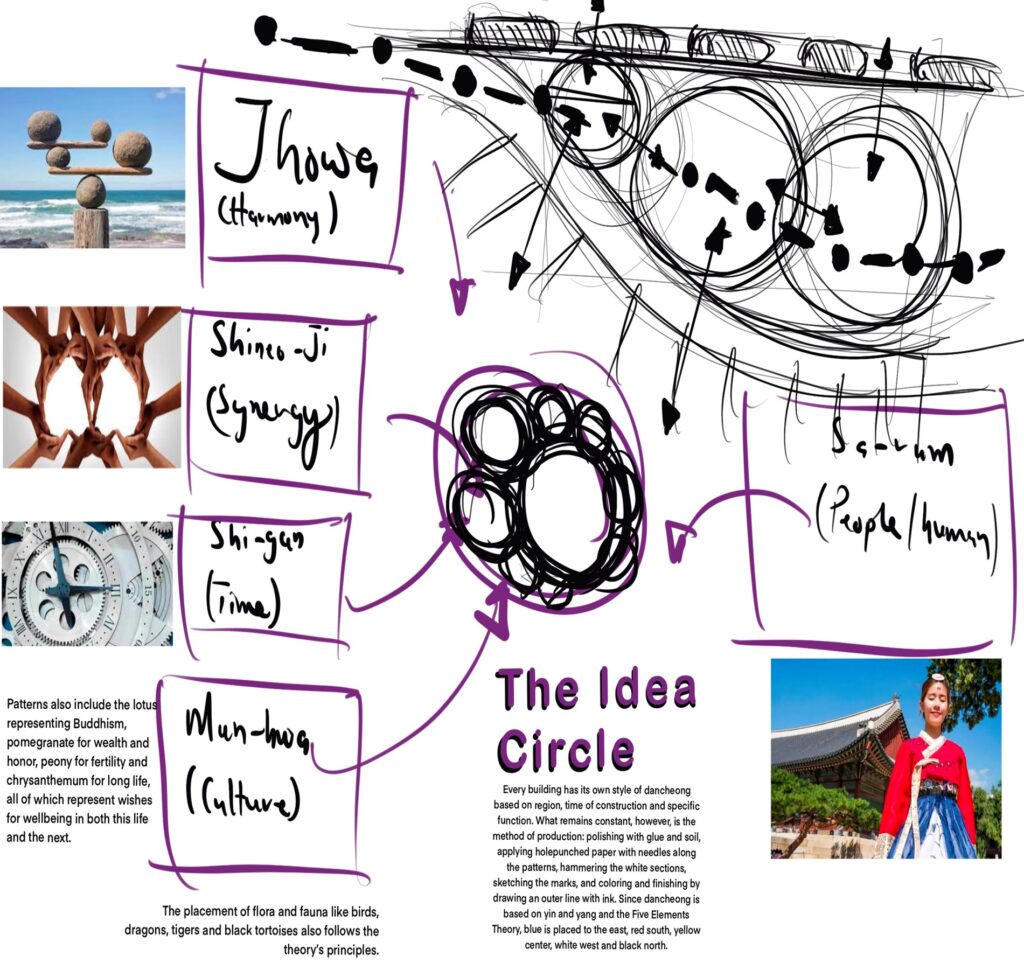
The Circle Idea
Each building displays a unique dancheong style, which is influenced by its region, construction period, and specific purpose. However, what remains consistent across all styles is the production method: it involves polishing with glue and soil, applying hole-punched paper with needles to create patterns, hammering the white sections, sketching the marks, and finally, coloring and finishing by drawing an outer line with ink
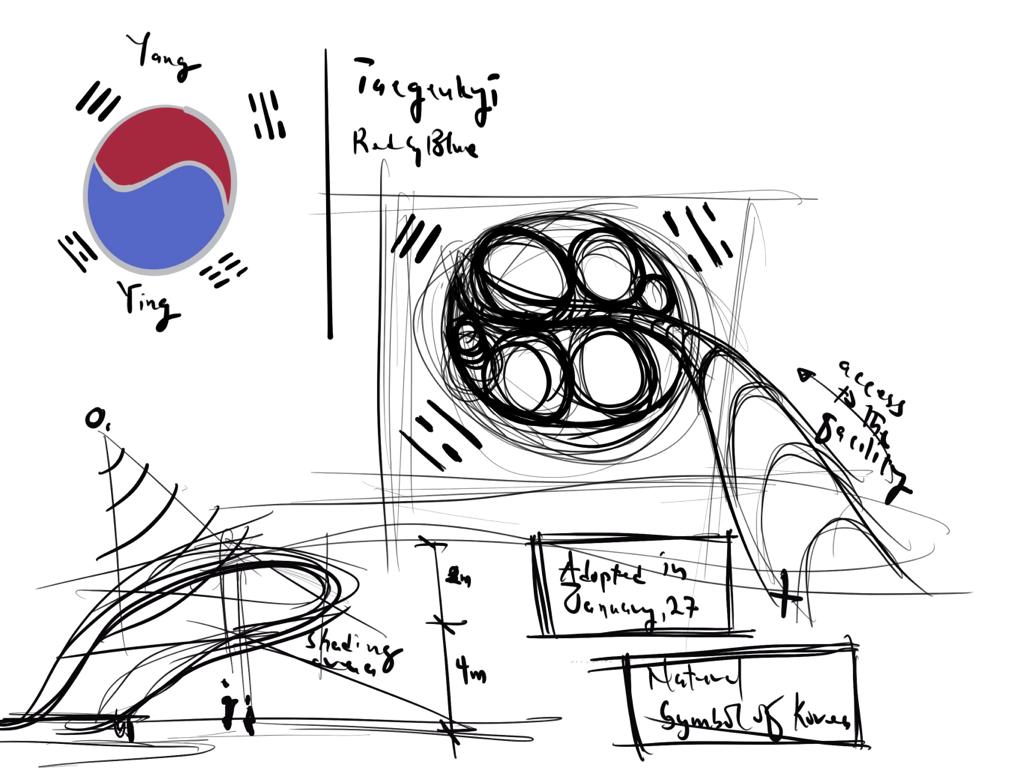
The design concept aims to integrate nature, history, and technology, creating a dynamic and immersive experience for visitors to celebrate Busan’s rich cultural heritage while embracing sustainable design and harmonious coexistence with the environment and blending traditional elements with cutting-edge technologies to celebrate the city’s past, present, and future
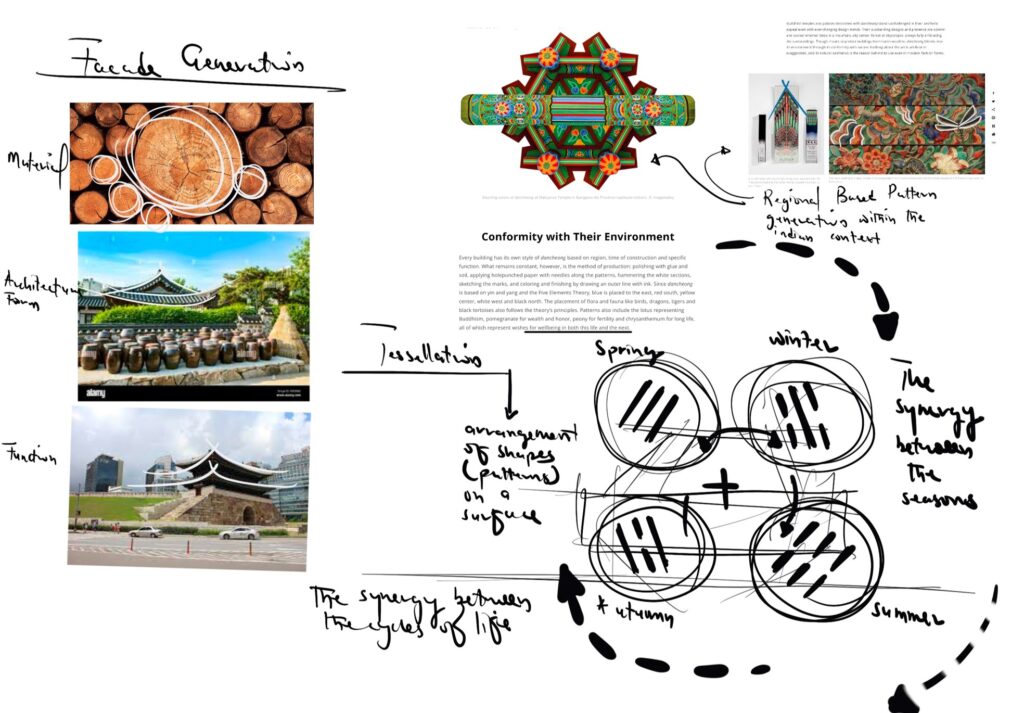
Common materials used for construction include concrete, steel, brick, and wood. These materials are widely utilized in building various structures ranging from modern high-rise buildings to traditional Korean-style homes.
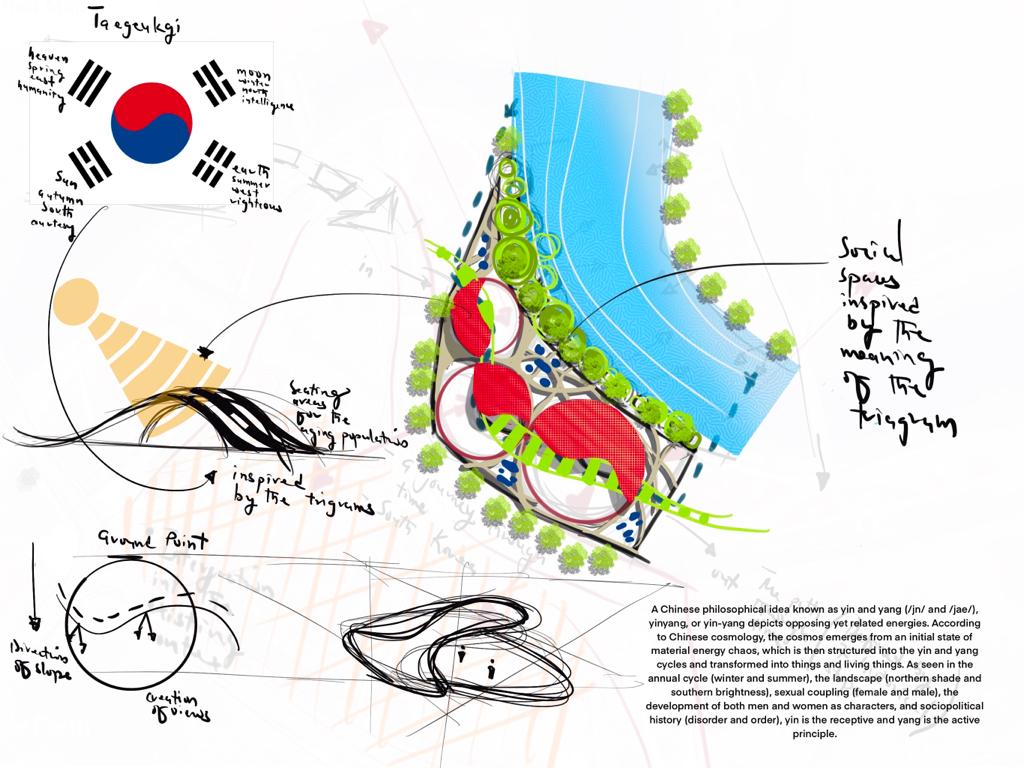
Joseon was a Korean dynasty that lasted for over five centuries. This name signifies a journey through time, allowing visitors to explore the various aspects of Joseon history and culture.
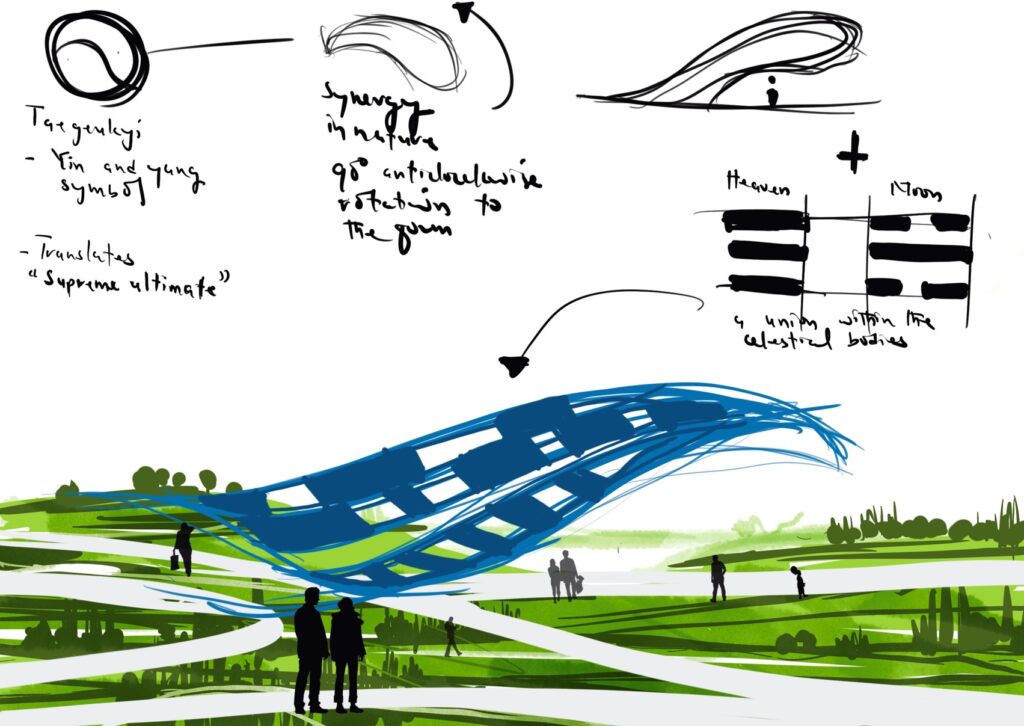
Linking Taegeukgi to the design of an open-air museum by incorporating its symbolic elements and colors into the architectural and landscape features.
Propose Design for an Open-Air Museum
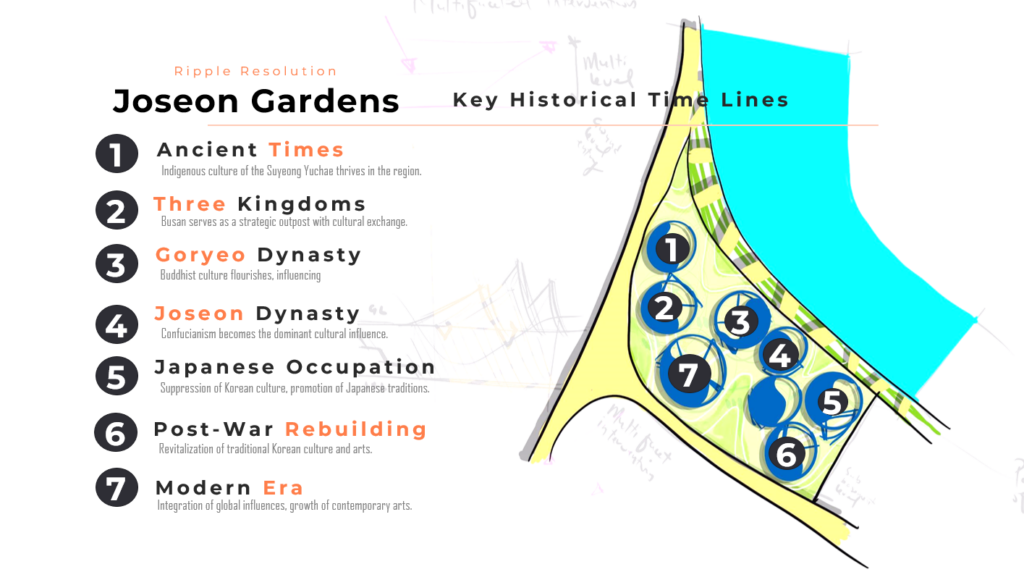

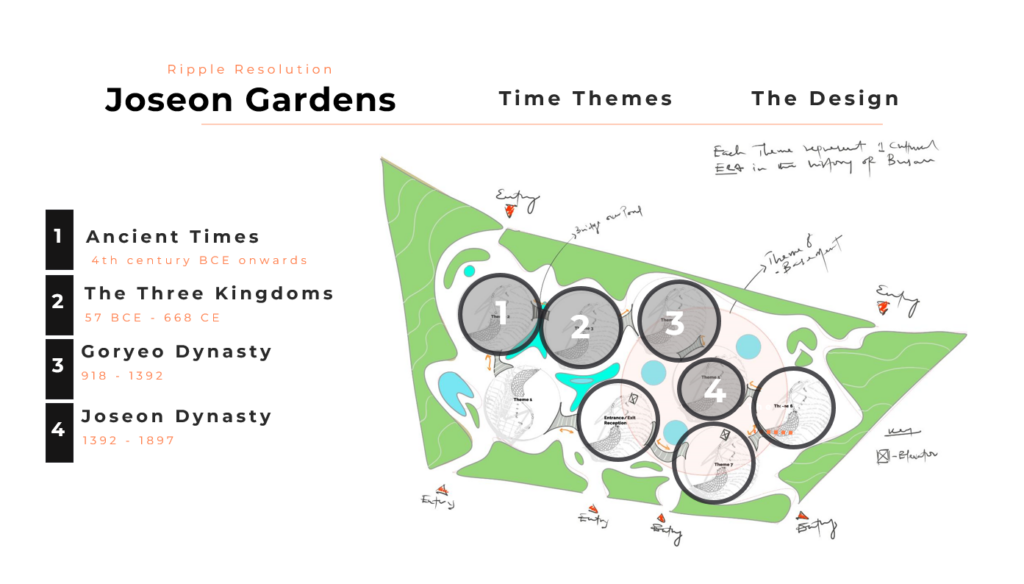
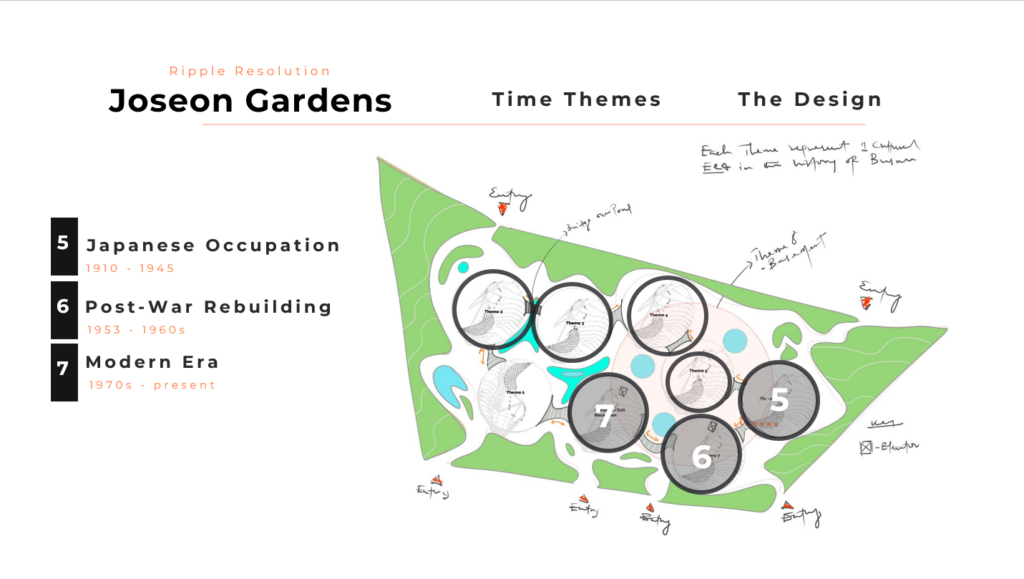
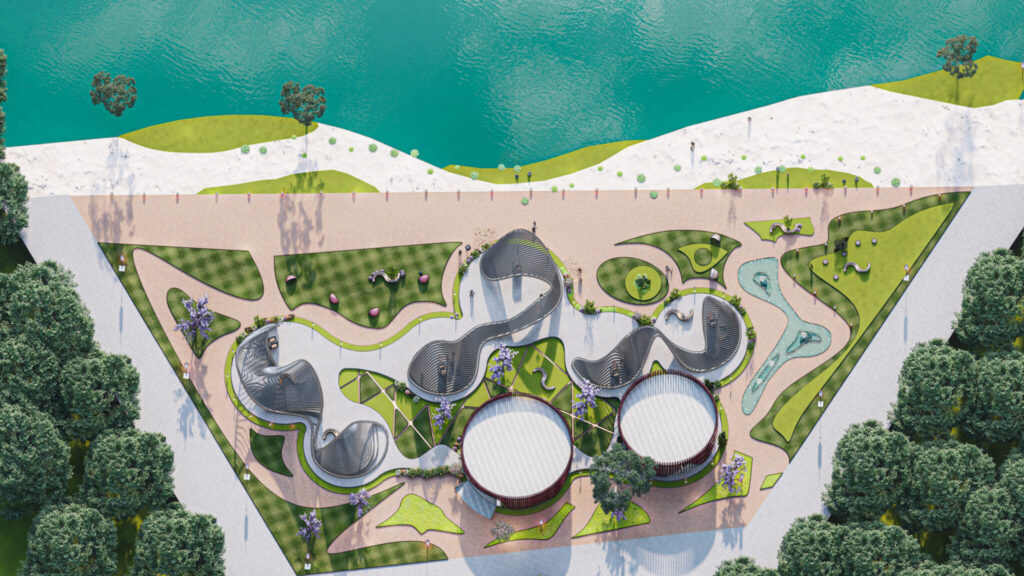
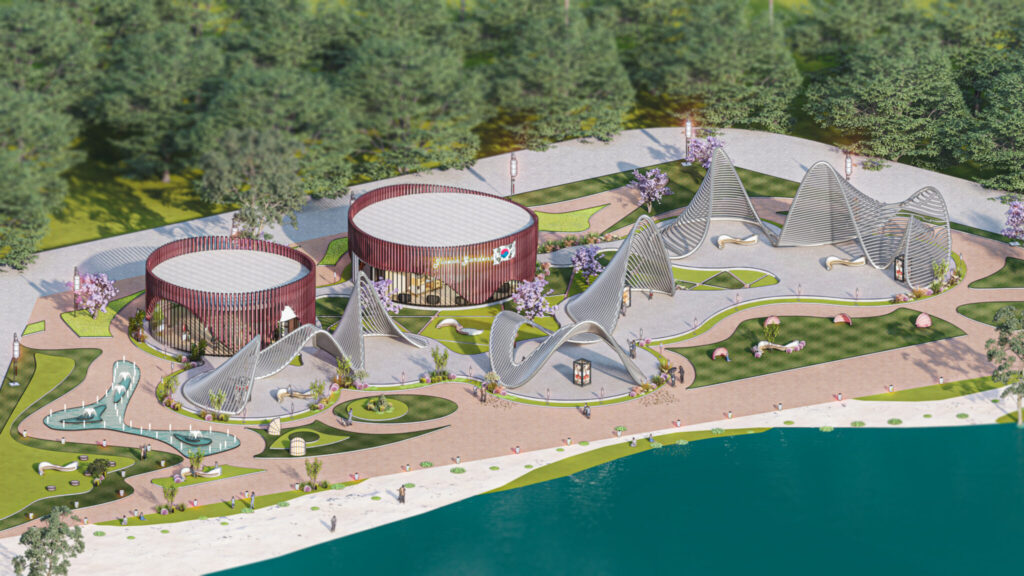
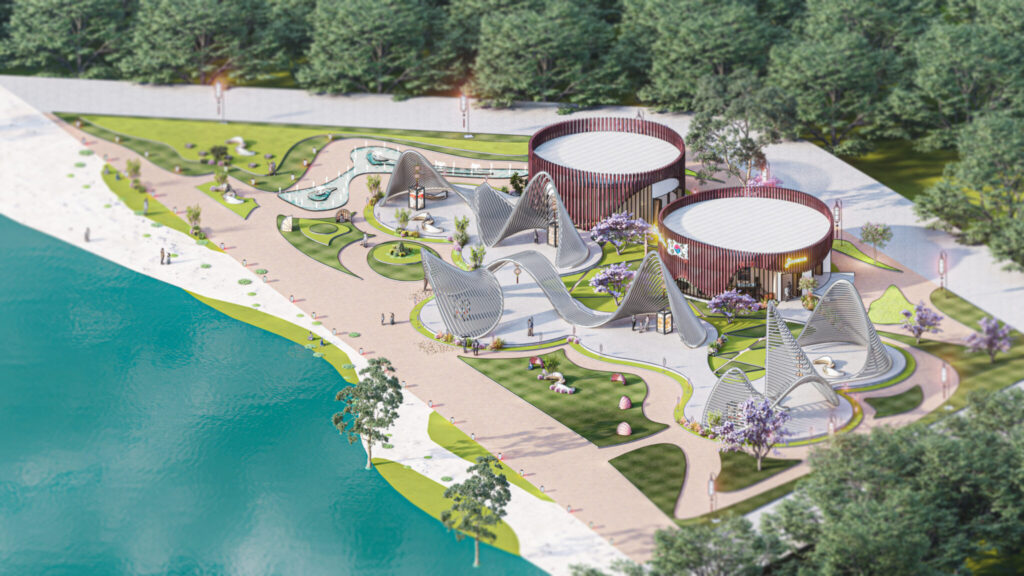
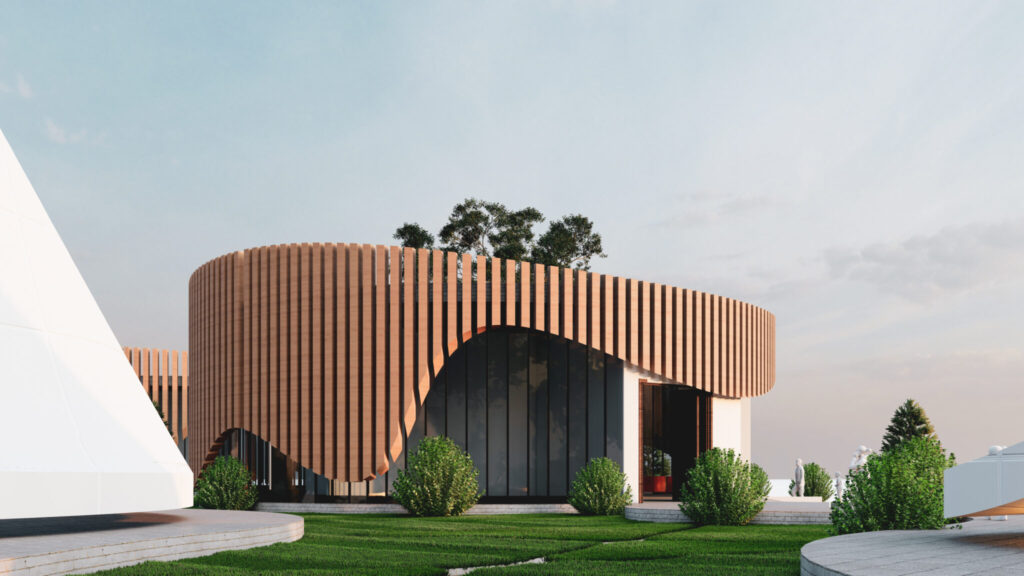
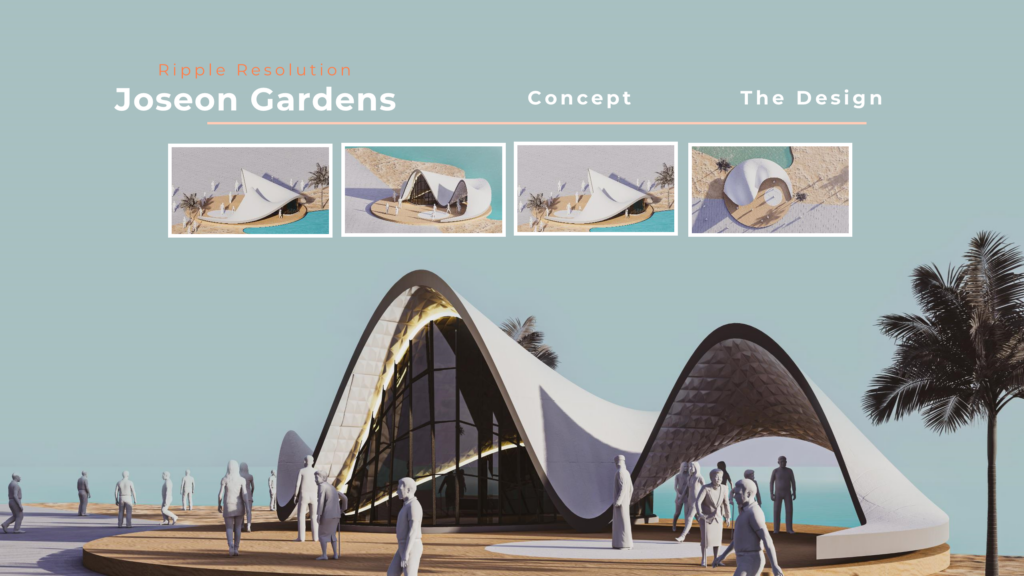
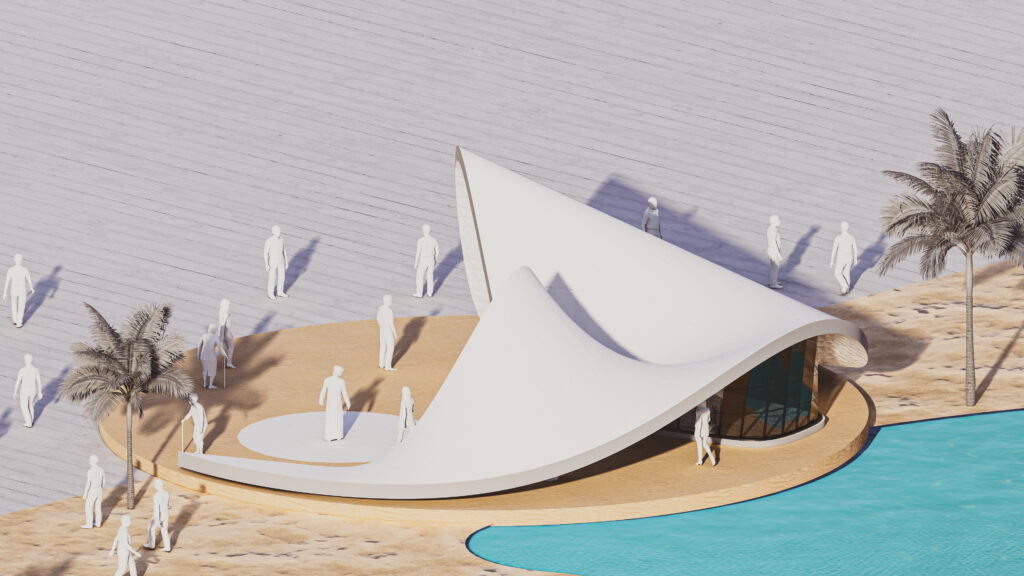
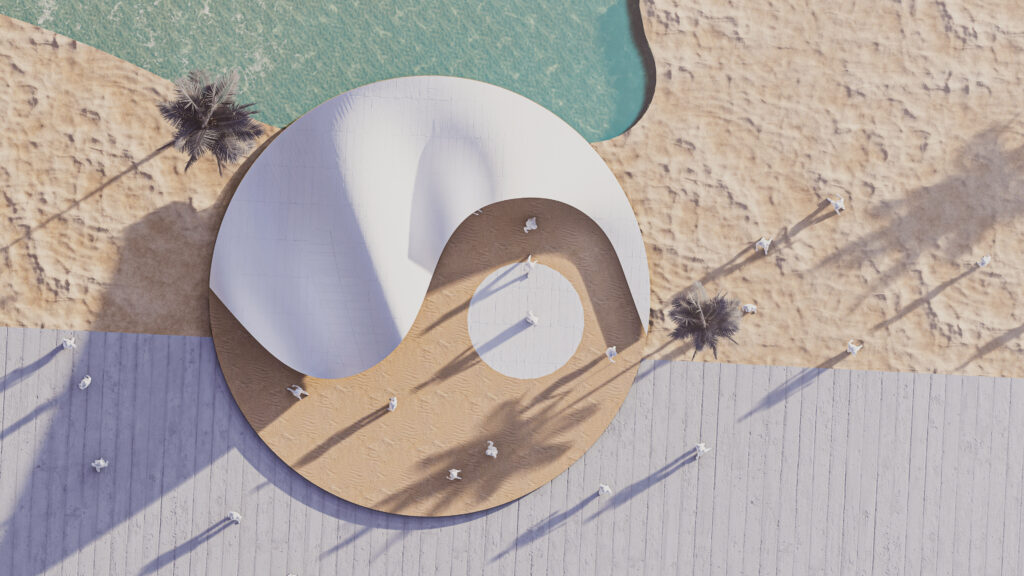
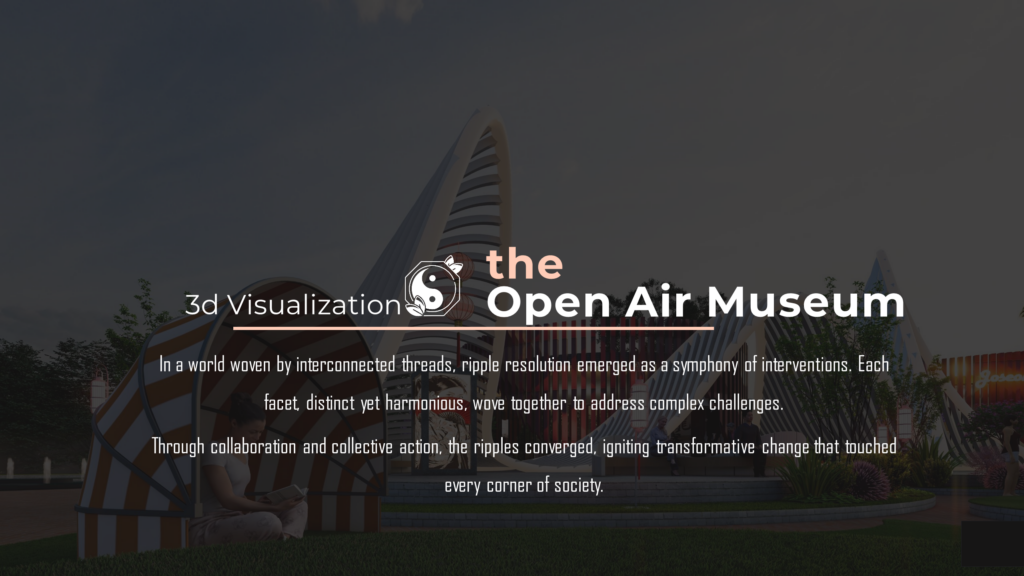
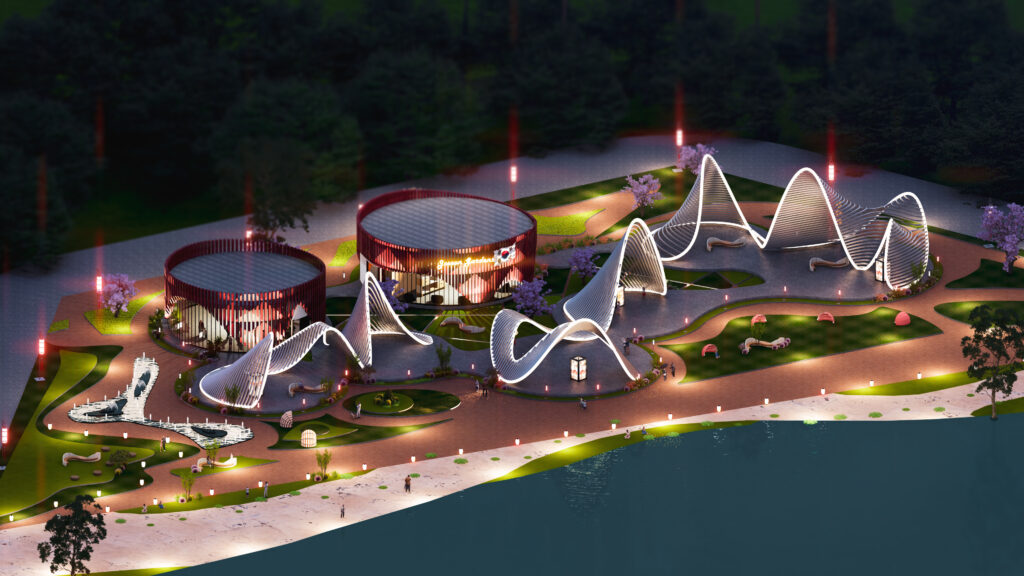
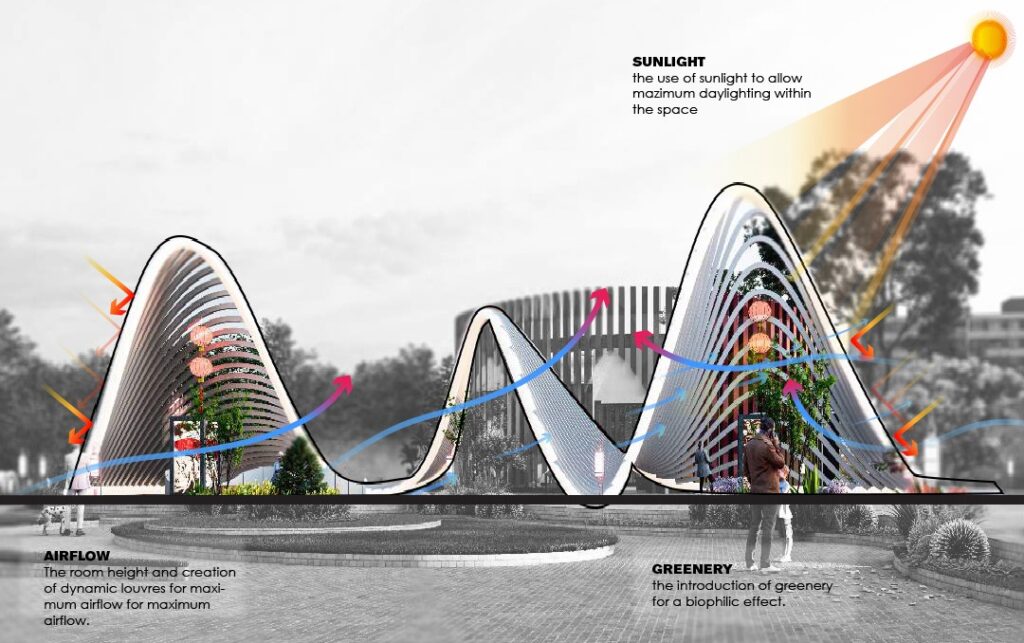

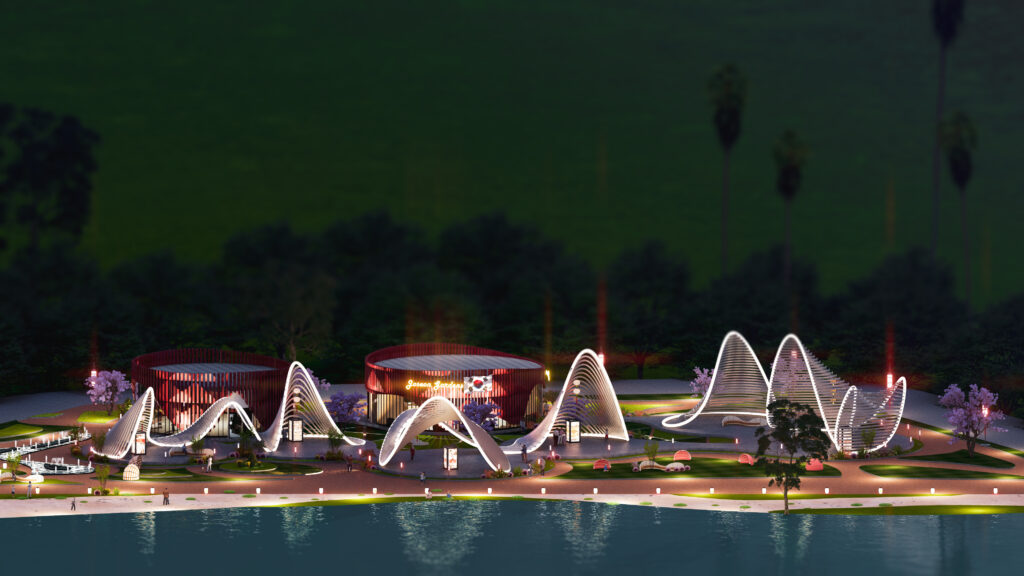
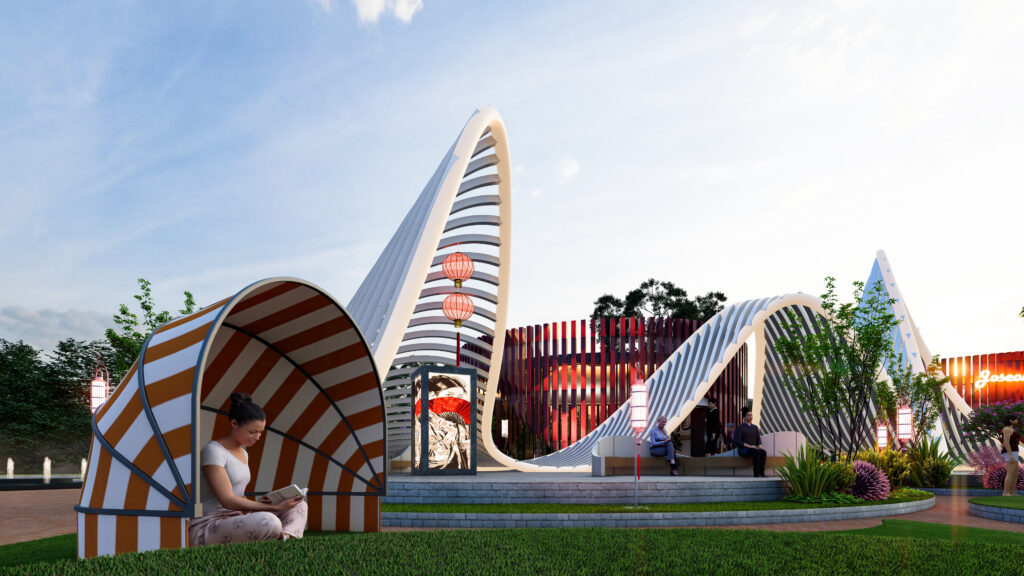
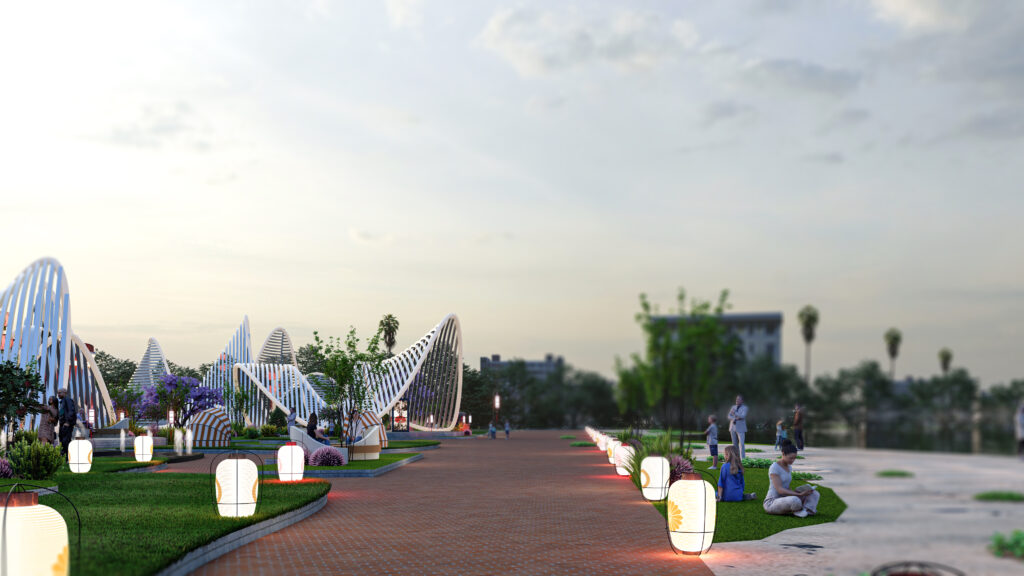
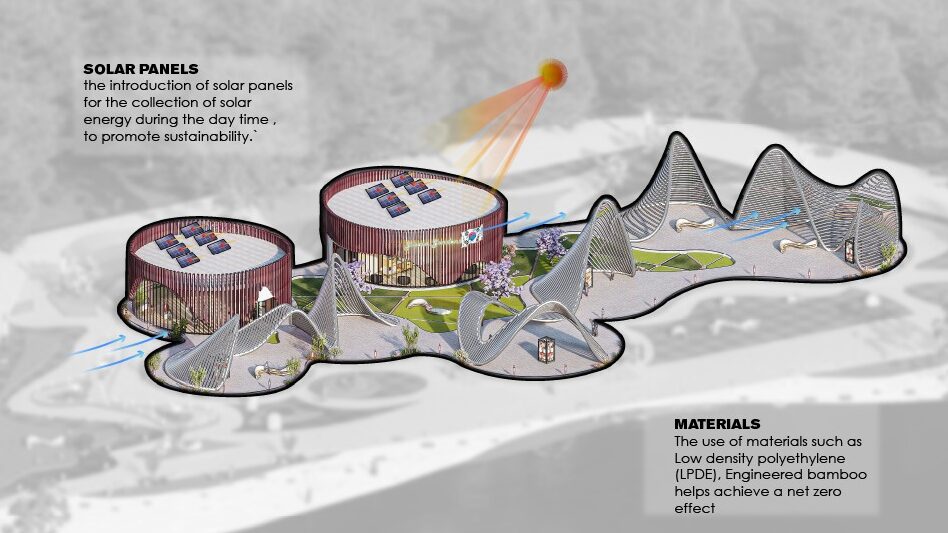
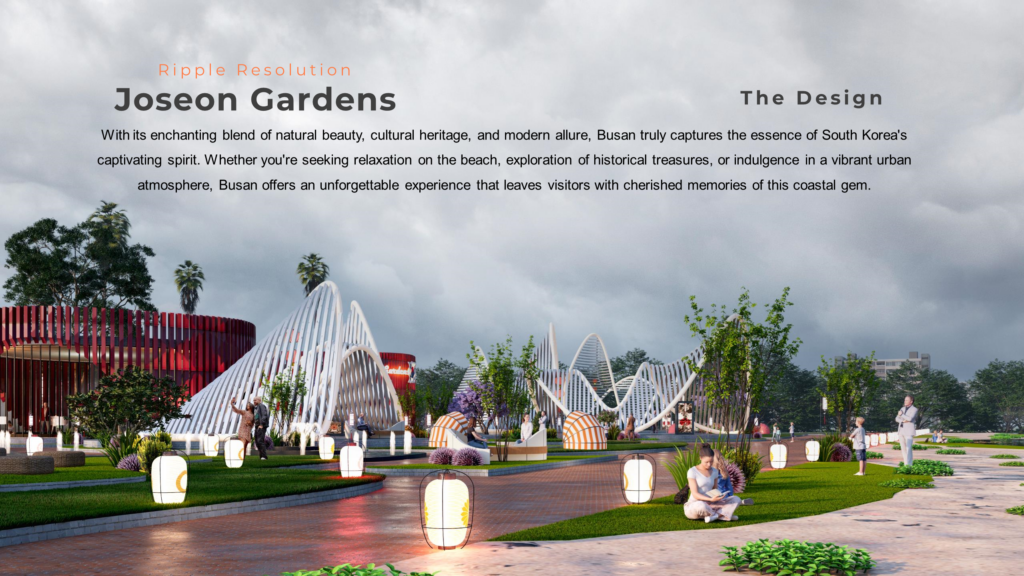
The Interior
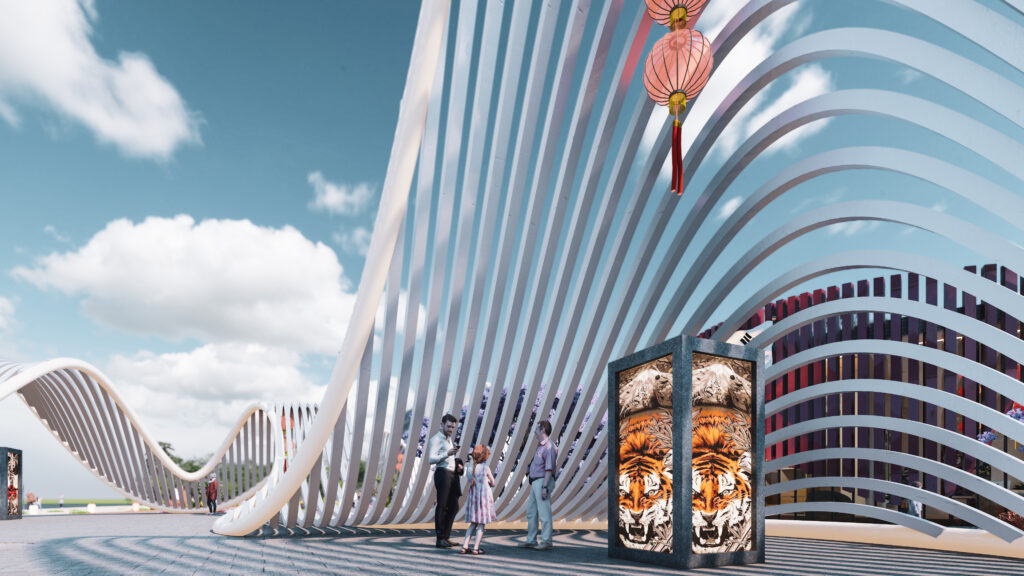
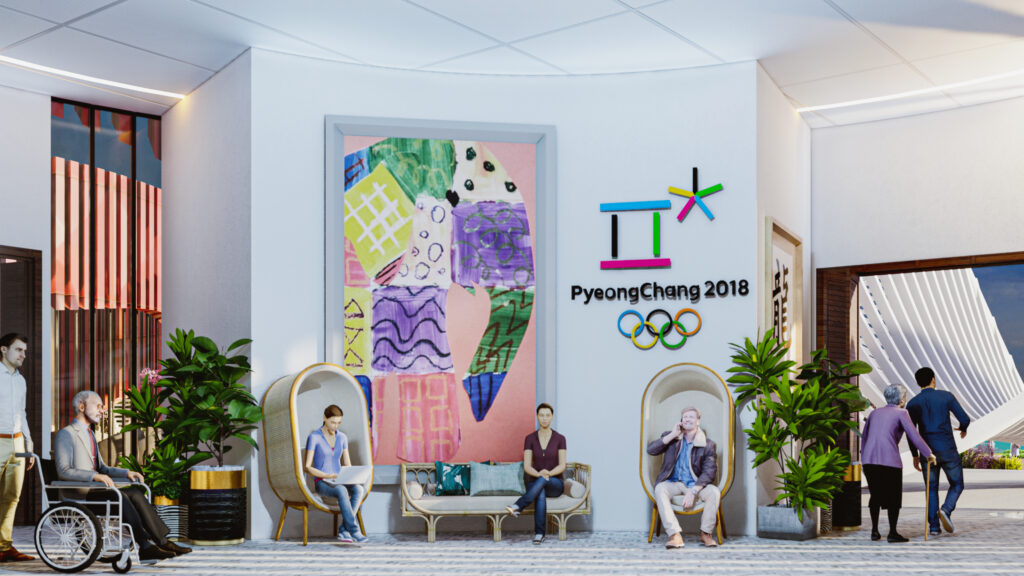
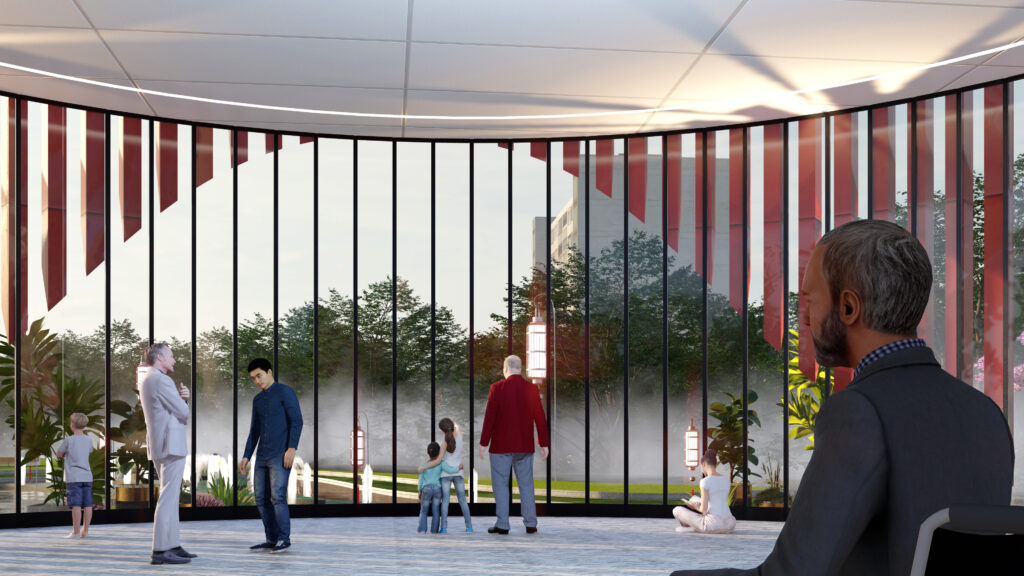

Discover the rich tapestry of South Korean culture as architectural marvels unfurl through the annals of history, weaving a captivating narrative of tradition and innovation. Immerse yourself in the vibrant legacy of Ripple Resolutions as architectural designs transcend time, harmonizing the past with the future, creating a symphony of timeless beauty. Join us on a mesmerizing journey that intertwines the essence of South Korean heritage and the transformative power of Ripple Resolutions, breathing life into architectural masterpieces that resonate with the echoes of time.
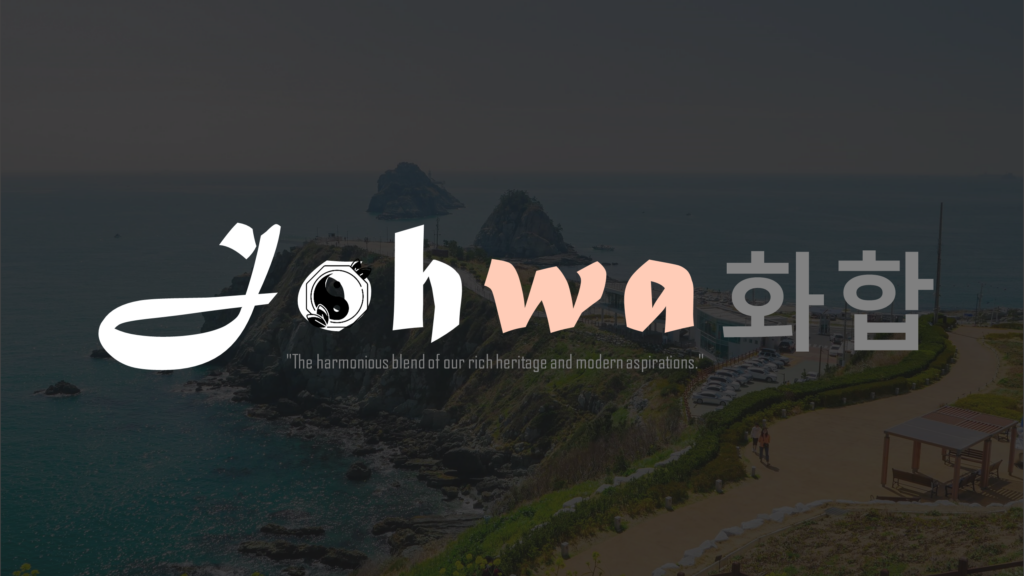
About Us
Comprising a team of dedicated and talented individuals, the Ripple Resolution Team strives to make a positive impact in the realms of architecture, urban design, and planning. With our diverse range of skills and a collective vision for establishing sustainable and inclusive smart cities, the team’s unwavering commitment to innovation, inclusivity, and sustainability motivates us to constantly challenge boundaries and seek new opportunities within our respective domains. With our diverse backgrounds and united vision, the team is well-positioned to play a pivotal role in shaping the future of Busan, leaving a lasting impact on the city’s culture
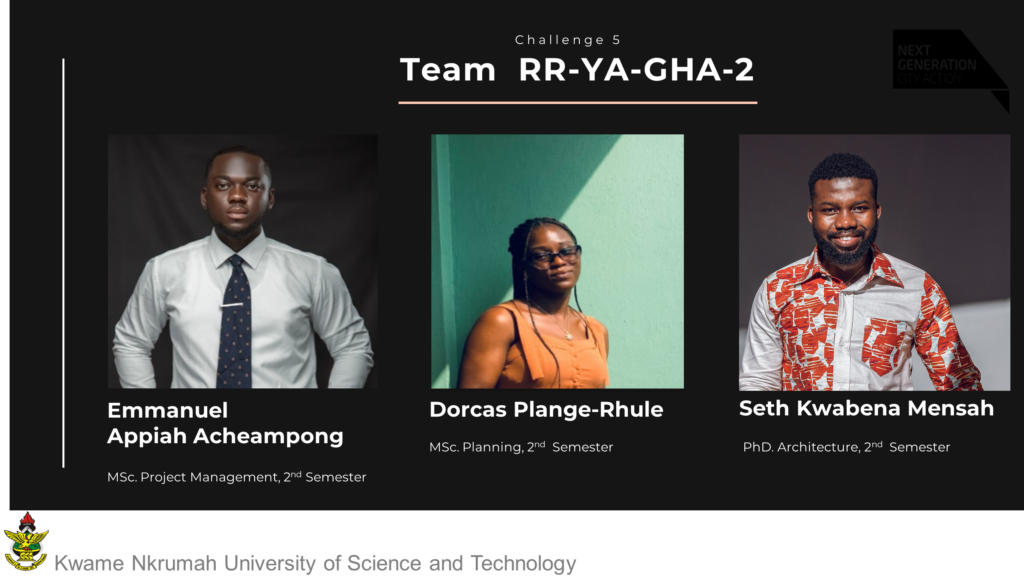
References
Anthopoulos, L. G., & Vakali, A. (2012). Urban development and the internet of things. Future Internet, 4(4), 998-1013.
Caragliu, A., Del Bo, C., & Nijkamp, P. (2011). Smart cities in Europe. Journal of Urban Technology, 18(2), 65-82.
Nam, T., & Pardo, T. A. (2011). Smart city as urban innovation: Focusing on management, policy, and context. In Proceedings of the 5th International Conference on Theory and Practice of Electronic Governance (pp. 185-194).
Deakin, M., & Al Waer, H. (2011). From intelligent to smart cities. Intelligent Buildings International, 3(3), 140-152
